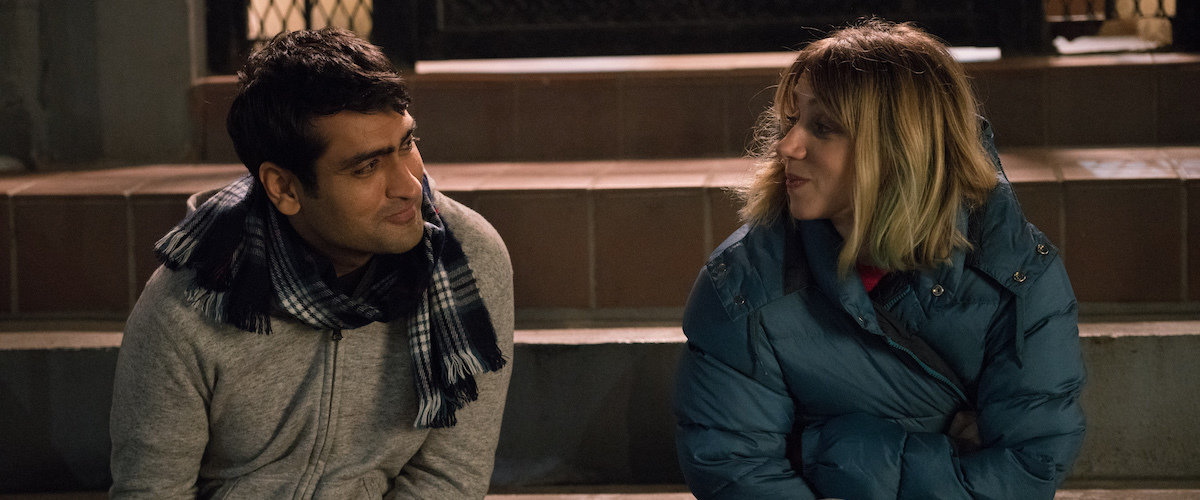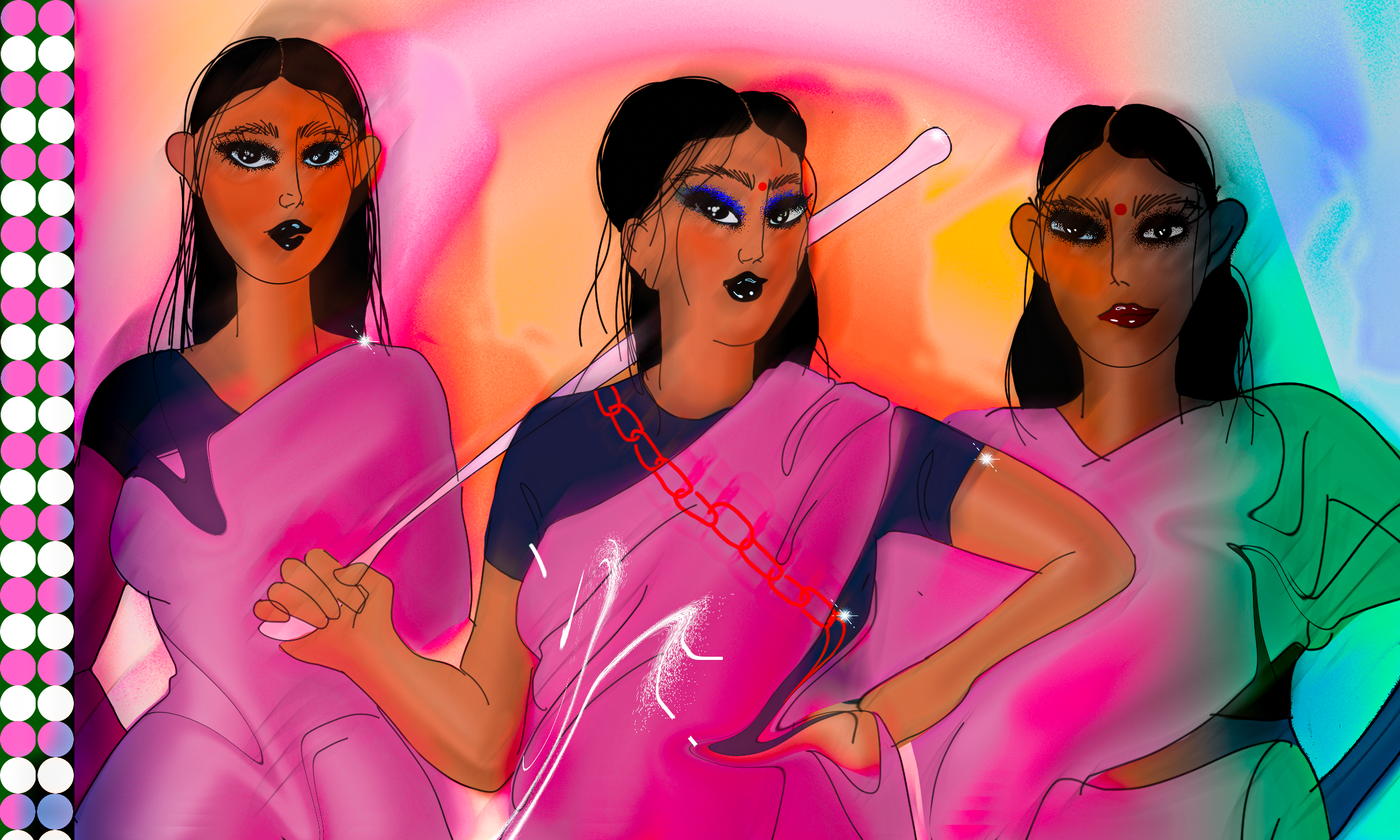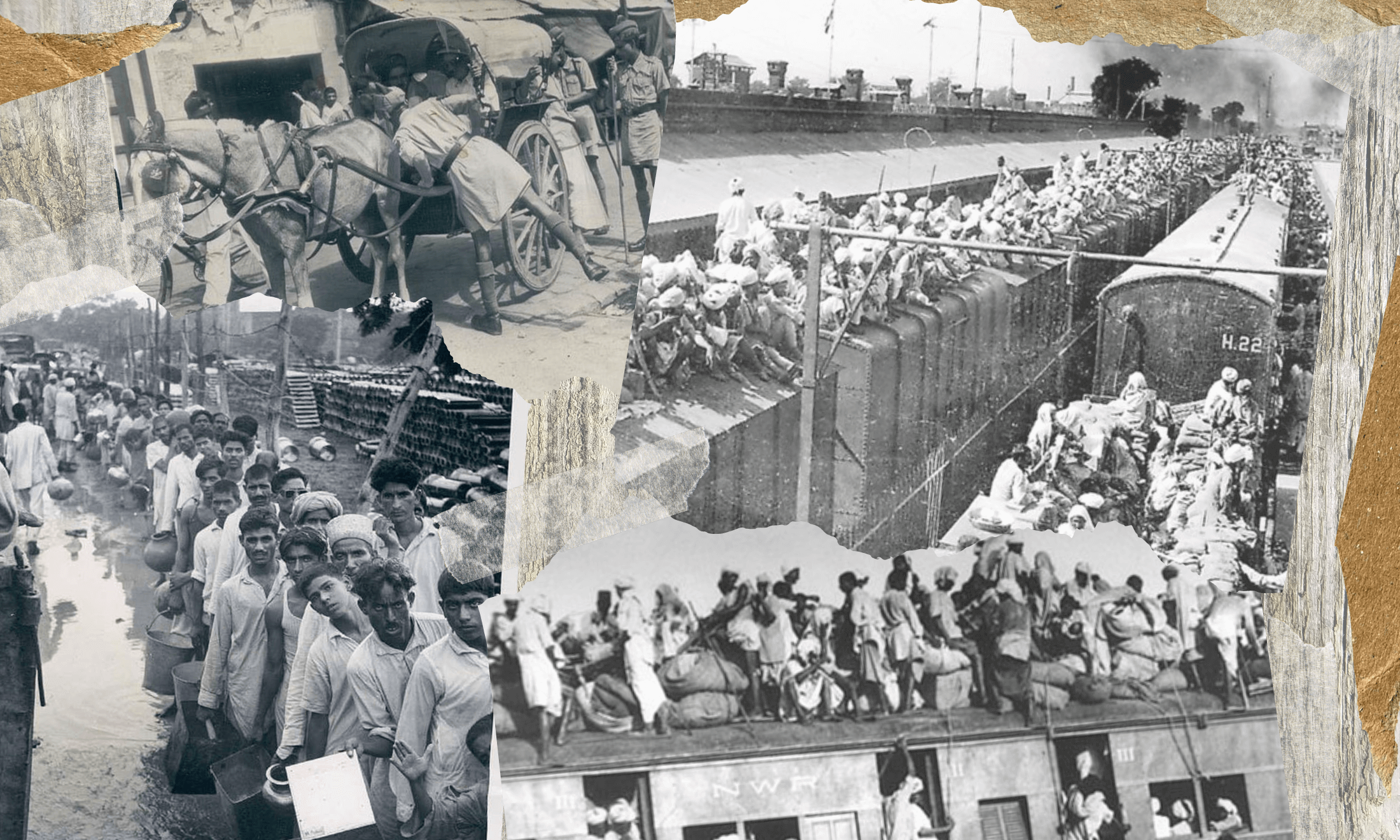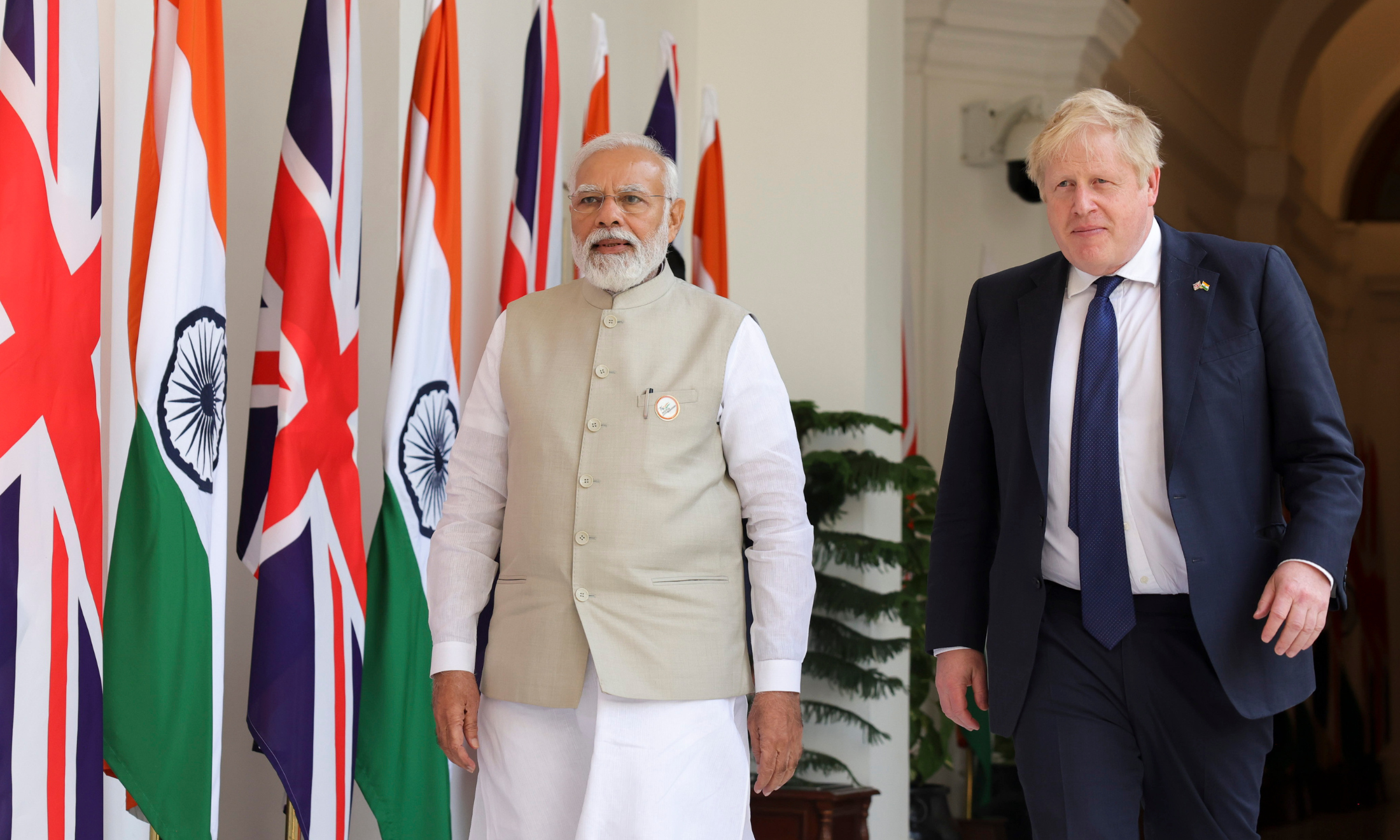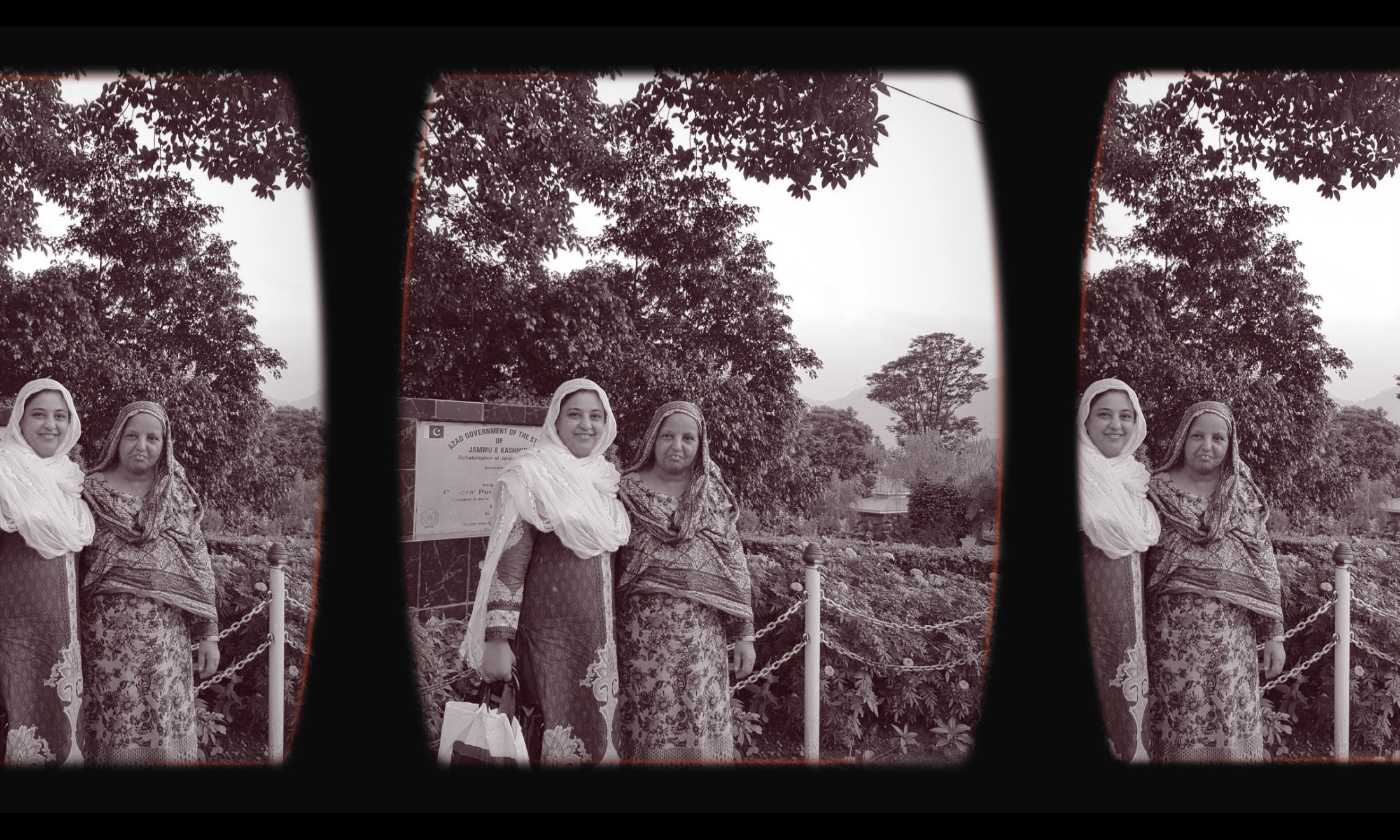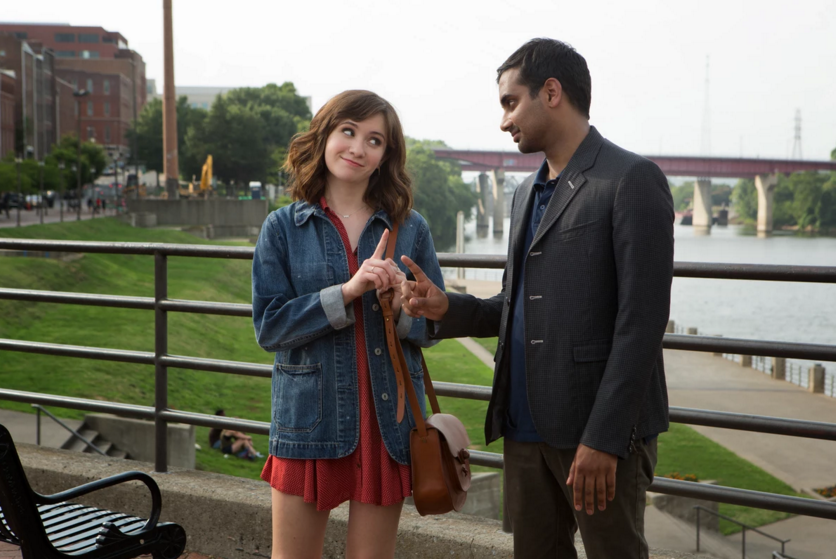
We know the issue of the caste system, and the idea that higher castes comprise light-skinned folks, is symptomatic of colourism disseminated by the British in India. But whilst Bollywood and Hollywood hold the political power to influence this, they still popularise and distribute images that glorify white-proximity and whiteness, deeming some bodies palatable and acceptable to the male gaze, while others are tossed to the periphery.
In what ways are brown women alienated from their brown male counterparts, whose gaze often rests on glorified white women?
The answer lies within seemingly progressive interracial romantic narratives within both Bollywood and Hollywood media. The media’s portrayal of brown men yearning to date white women ultimately amounts to our erasure; while brown women are largely relegated to stereotypical roles, or unimportant caricatures lacking complexity, white women take centre stage.
The industries’ obsession with white bodies is undeniable, as seen in the prevalence of white (or white-passing) bodies cast as main female leads. Not only does this uphold colourism, as brown women (and men) who are white proximate are those that are sought after; it also contributes to a larger system of racist white supremacy that reinforces the notion that whiteness is central to desirability. White-washing brownness and employing white-proximate brown folks to fit into the idyllic Hollywood mould not only reproduces colonial ideals, but perpetuates anti-blackness and misogynoir. This, of course, alienates both black and dark-skinned brown women in the real world.
Aziz Ansari, Kumail Nanjiani and Hasan Minhaj, critically acclaimed brown writers of Master of None, The Big Sick, and Homecoming King (respectively) centre white women in their romantic plots, inevitably sidelining brown women.
“Brown men cannot choose who to fall in love with, but they can, however, choose who to write into scripts”
In both Master of None and The Big Sick, the fantasy women of main characters, Dev and Kumail, are both white, and when brown women are considered love interests, they are portrayed as submissive or unrealistically culturally archaic, their subplot never being explored with the nuance it deserves. Brown women are mere barriers littering the journey of brown men to their true white lovers. As Nadya Agrawal writes, “Every single brown woman who was paraded across the screen as part of an endless lineup of suitable girls ended up an anonymous, unnamed, and crumpled footnote in the story.”
In Homecoming King, Minhaj spends a great deal of time recounting his pursuit of a girl during prom night, who he refers to as his “white princess”. The lack of space for brown women within the “white princess” trope, as Aditi Natasha Kini argues, only serves to perpetuate Hollywood’s misogynist, misguided view of people of colour and their role in interracial relationships, centering whiteness as the gold standard. Brown men cannot choose who to fall in love with, but they can, however, choose who to write into scripts. The glaring lack of brown women in the meatiest roles only serves to normalise and reinforce the notion that brown women are unworthy of desire or romantic pursuit.
This criticism shouldn’t discount the progress that these brown men have made by rupturing the endless slate of white Hollywood rom-coms. But, with representation so fleeting and fresh in the eyes of viewers (including those in the diaspora, such as myself, who crave representation), these popularised narratives should do more than simply re-centre whiteness. Both Bollywood and Hollywood should do better, to ensure they do not reinforce anti-blackness and misogynoir towards black women and dark-skinned brown women – particularly under the supposedly liberal, progressive guise of interracial representation.

